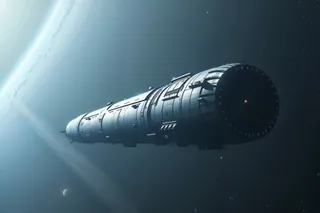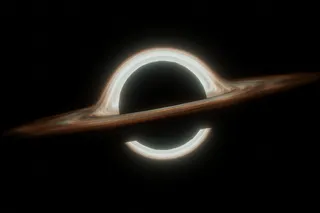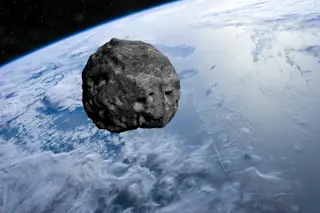Seven years after launch, Japan's Hayabusa researchers can finally celebrate their success: The little asteroid probe has, really and truly, succeeded at its mission. Researchers announced that the probe's payload capsule, retrieved in June, contains dust from the asteroid Itokawa that the probe visited in 2005. Not only did it travel four billion miles with only one rest stop (becoming the first spacecraft to land on and lift away from an asteroid!), it also collected a sample of the asteroid dust and shuttled it back to earth three years after its scheduled landing date. It accomplished all this despite an instrument malfunction during the crucial sample collection maneuver, and serious engine trouble throughout the mission. After analyzing more than 1,500 particles using scanning electron microscopes, researchers have announced that almost all of the specks of rock and dust (pictured here in the capsule) are of extraterrestrial origin. That's a relief ...
The Little Space Probe That Could: Hayabusa Brought Home Asteroid Dust
The Hayabusa asteroid probe successfully returned from Itokawa, revealing asteroid dust samples of extraterrestrial origin.
More on Discover
Stay Curious
SubscribeTo The Magazine
Save up to 40% off the cover price when you subscribe to Discover magazine.
Subscribe












